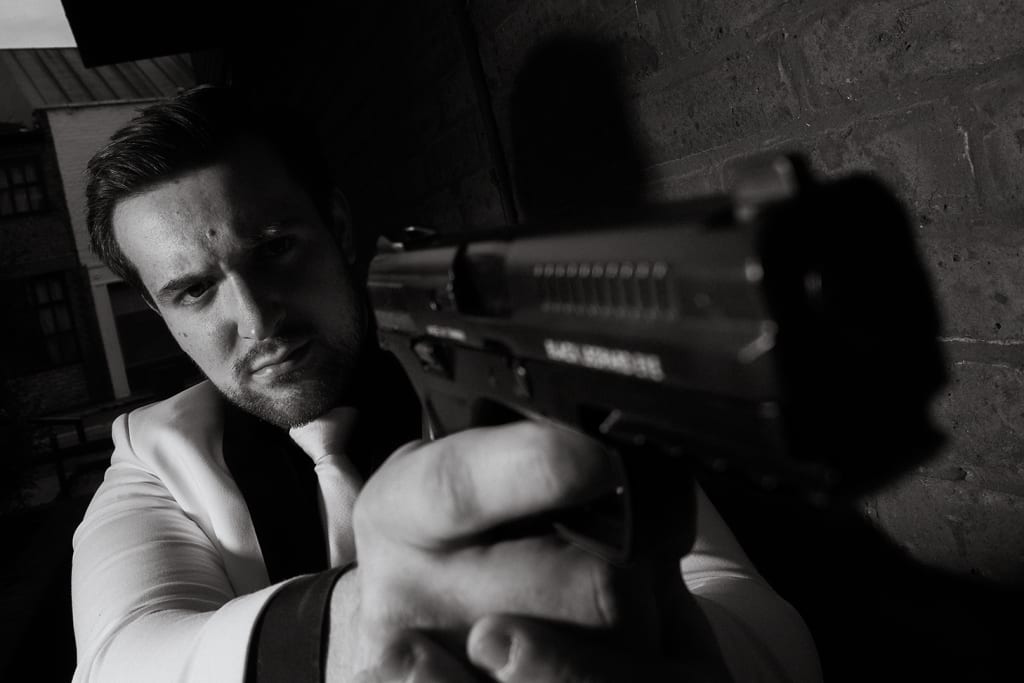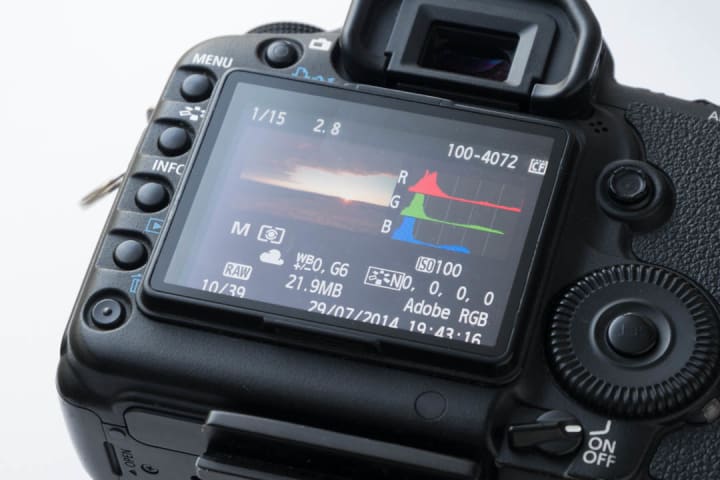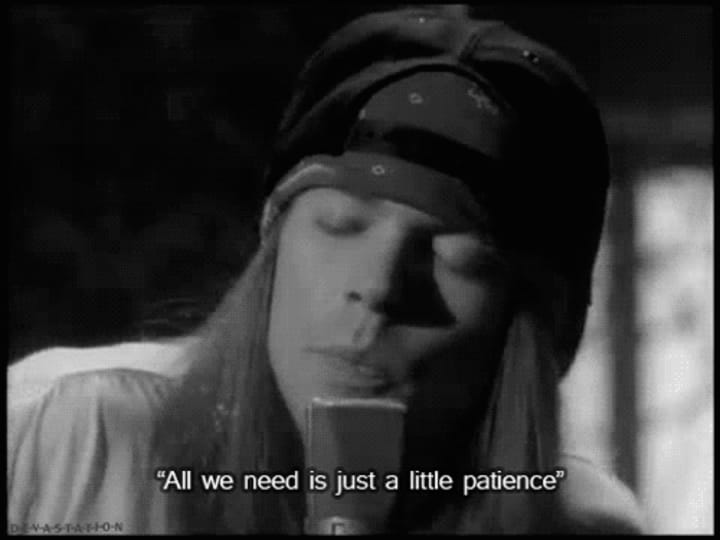Portrait Problems
How good portraits are made.

Posing someone is only one part of portraits, as are the camera settings. These two get all the attention, and they don't really deserve it. What is more important is understanding what you are taking, and why you are taking it.
Lets start with Camera Data (EXIF).

So let's start with some awkward realities in photography:
- Your camera data means nothing, your knowledge of photography means a lot.
- There is no such thing as a correct exposure. Only the exposure you want.
This is starting to get a little on the heavy side, so let's take a step back for a second, and look at what these mean. So let's start with Camera Data, the information about how you took a picture is only as good as the picture itself. Stating camera data has become the way of us being able to explain why our pictures are not as good as someone else's.
You: What do you mean?
Well, its an excuse for not pushing your skill to your limits. There are no correct settings. Ansel Adams, and Henri Cartier-Bresson didn't have auto modes, and I doubt they could look up settings. No matter where you are, or what you are doing, the light that day will be different, which will change your settings, meaning the settings someone else used doesn't matter. Then if you use an auto mode (like aperture priority, or shutter priority) you are not setting them, so why does it matter? Then in post, you are going to affect your picture, so they look different to how you took them, if you change the exposure slider, you are essentially changing the ISO, meaning the settings you took the picture with don't matter.

Outdoor night portraits are one of my fav things to do
If you know how to correctly expose a picture using the gear you have, to make a certain look, then that is what matters.
This picture is deceptive, and you can tell the subject and camera are close because it is a tight portrait, you can see the affects of a telephoto lens as everything seems proportionally correct, and you could say a shallow depth of field, but judging by the catchlights (and his eyes) it was taken in a dark environment with a Flash. All the shadows are soft, so it's safe to say some kind of soft box was used. But a flash probably means a tight aperture, which then cuts more ambient light out. As it is a black background then it is safe to say the fastest shutter speed to sync with the flash. Working out what was used is not that hard it just takes a little patience, and knowledge of things like focal lengths. The only way to really know what different focal lengths do is to play with them, and see what happens.

Now we get onto a little more of the arty side, there is no correct exposure. Some of the best portraits are lit in very extreme ways. Like this image of Billy Holiday.

Billie Holiday by Dennis Stock
The mass of black in the image really gives it a strong look, allowing for any detail we can see of Holiday, to beg given even more importance than it would normally. Could you call it a "correct" exposure?
I would argue that it doesn't matter if you think it is "correct," it is the right exposure if that is what was intended.
The intention is more important than the result, just as learning the "rules" of photography are very important, just like learning how to break them. One rule is you shouldn't use a wide angle lens for portraiture, but the first image in this article used a 24mm lens with great effect.
Good portraits are not about posing people and settings, but instead about interacting with them, and making them see your vision, and going with it. That is the major problem with portraiture, people expect a model to turn up, and pose exactly how you want them. So, you can just plug someone else's settings into your camera, and bish bash bosh, one excellent picture. It doesn't work like that, the photographer has to pose the model. The first picture in this article, the very top one, I had to show and teach Ryan (a professional actor) how I wanted him to hold, point, and raise the gun so we could get that amazing shot. He brought the emotion of the character through, but I still had to explain how I wanted him standing.
TL;DR


You can't just snap your fingers like Thanos, and expect a good picture to fall out the sky, because you used the right settings and had a professional model. Your settings should be for what you are doing, and by all means if you want a particular aperture, use aperture priority, and the same for shutter speed. I personally work in manual mode, because I like the control, and I am often using flash.
Remember, when you move one piece of the puzzle; be it yourself, your model, or your light (the sun is never still), you change your exposure. This is important to understand as all the great photographers from before the digital age, couldn't look up settings. So I would say that you should stop worrying about your settings so much, and start having more fun with photography, get into the whole posing styles of people rather than expecting your model to strike one, and see where your creativity leads you.
I hope this has been interesting for you to read, as for me to write.
About the Creator
Harrison Galgut
Professional Wedding, Events and Portrait Photographer. Always looking for new experiences and people to meet. Have a look at my work: www.edit6.co.uk






Comments
There are no comments for this story
Be the first to respond and start the conversation.